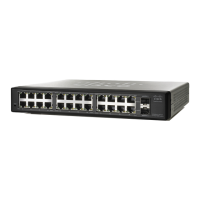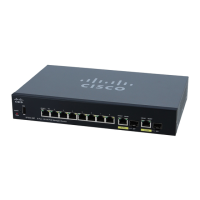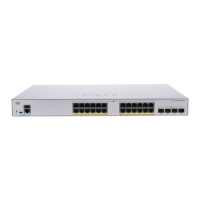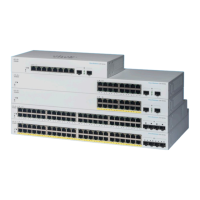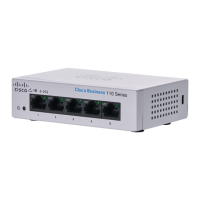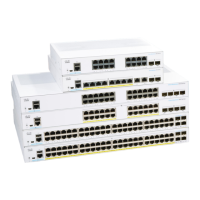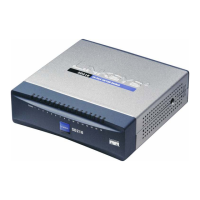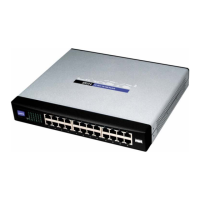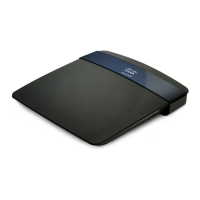Port Management: PoE
PoE Properties
Cisco Small Business 200 Series Smart Switch Administration Guide 174
13
before connecting it to a PoE device. When a device is being falsely detected as a
PD, you should disconnect the device from the PoE port and power recycle the
device with AC power before reconnecting its PoE ports.
PoE Properties
The PoE Properties page
enables selecting either the Port Limit or Class Limit PoE mode and specifying the
PoE traps to be generated.
These settings are entered in advance. When the PD actually connects and is consuming power, it might
consume much less than the maximum power allowed.
Output power is disabled during power-on reboot, initialization, and system configuration to ensure that
PDs are not damaged.
To configure PoE on the device and monitor current power usage:
STEP 1 Click Port Management > PoE > Properties.
STEP 2 Enter the values for the following fields:
• Power Mode—Select one of the following options:
-
Port Limit
—Maximum power limit per each port is configured by the user.
-
Class Limit
—Maximum power limit per port is determined by the class of the device, which results
from the Classification stage.
NOTE When you change from Port Limit to Class Limit or vice versa, you must disable PoE ports, and
enable them after changing the power configuration.
• Trap s—Enable or disable traps. If traps are enabled, you must also enable SNMP and configure at
least one SNMP Notification Recipient.
• Power Trap Threshold—Enter the usage threshold that is a percentage of the power limit. An alarm is
initiated if the power exceeds this value.
The following counters are displayed:
• Nominal Power—Total amount of power the device can supply to all the connected PDs.
• Consumed Power—Amount of power currently being consumed by the PoE ports.
• Available Power—Nominal power minus the amount of consumed power.
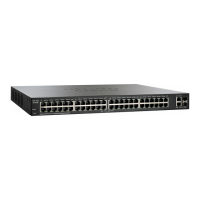
